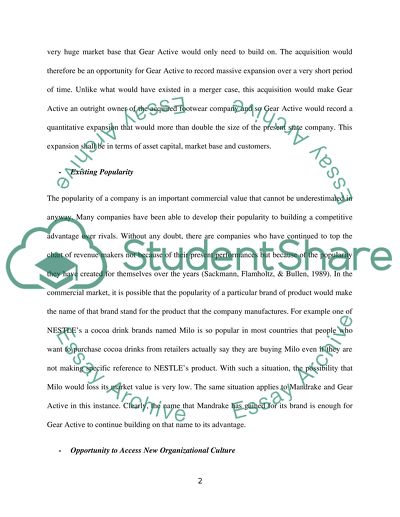Cite this document
(“Commercial Logic of Acquiring Mandrake Footwear Coursework”, n.d.)
Retrieved from https://studentshare.org/finance-accounting/1397540-international-finance-and-decision-making
Retrieved from https://studentshare.org/finance-accounting/1397540-international-finance-and-decision-making
(Commercial Logic of Acquiring Mandrake Footwear Coursework)
https://studentshare.org/finance-accounting/1397540-international-finance-and-decision-making.
https://studentshare.org/finance-accounting/1397540-international-finance-and-decision-making.
“Commercial Logic of Acquiring Mandrake Footwear Coursework”, n.d. https://studentshare.org/finance-accounting/1397540-international-finance-and-decision-making.


